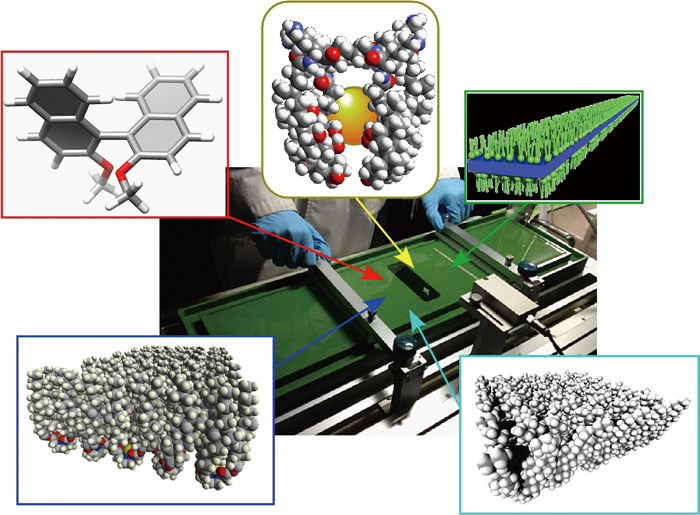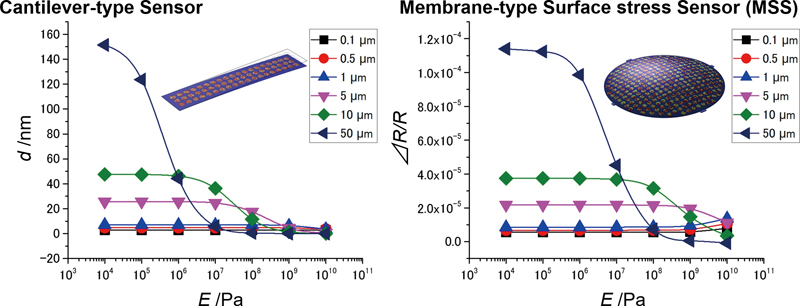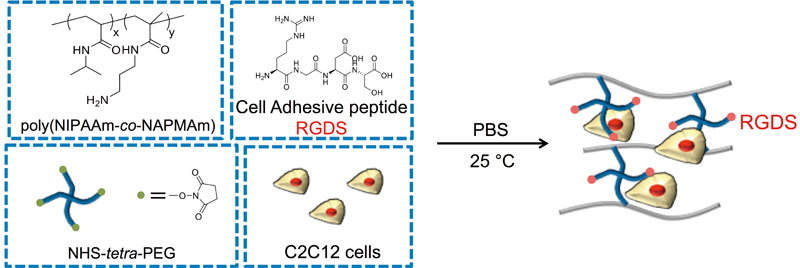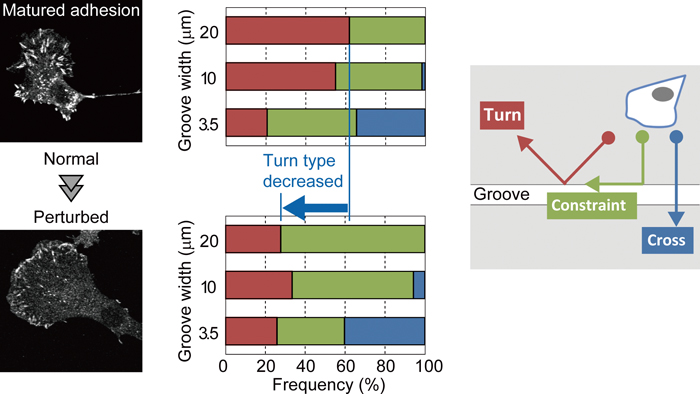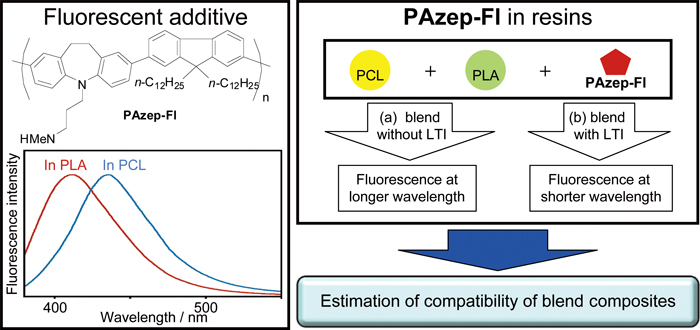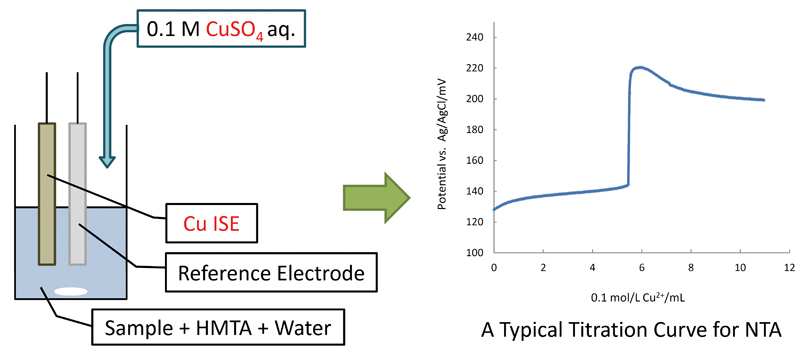Volume 32, Issue 11
Displaying 1-22 of 22 articles from this issue
- |<
- <
- 1
- >
- >|
-
Article type: Guest Editorial
2016 Volume 32 Issue 11 Pages 1139
Published: November 10, 2016
Released on J-STAGE: November 10, 2016
Download PDF (147K)
Reviews
-
Article type: Reviews
2016 Volume 32 Issue 11 Pages 1141-1149
Published: November 10, 2016
Released on J-STAGE: November 10, 2016
Download PDF (1842K) -
Article type: Reviews
2016 Volume 32 Issue 11 Pages 1151-1158
Published: November 10, 2016
Released on J-STAGE: November 10, 2016
Download PDF (914K)
Original Papers
-
Article type: Original Papers
2016 Volume 32 Issue 11 Pages 1159-1164
Published: November 10, 2016
Released on J-STAGE: November 10, 2016
Download PDF (1030K) -
Article type: Original Papers
2016 Volume 32 Issue 11 Pages 1165-1170
Published: November 10, 2016
Released on J-STAGE: November 10, 2016
Download PDF (808K) -
Article type: Original Papers
2016 Volume 32 Issue 11 Pages 1171-1176
Published: November 10, 2016
Released on J-STAGE: November 10, 2016
Download PDF (8509K) -
Article type: Original Papers
2016 Volume 32 Issue 11 Pages 1177-1182
Published: November 10, 2016
Released on J-STAGE: November 10, 2016
Download PDF (1132K) -
Article type: Original Papers
2016 Volume 32 Issue 11 Pages 1183-1188
Published: November 10, 2016
Released on J-STAGE: November 10, 2016
Download PDF (1827K) -
Article type: Original Papers
2016 Volume 32 Issue 11 Pages 1189-1194
Published: November 10, 2016
Released on J-STAGE: November 10, 2016
Download PDF (4519K) -
Article type: Original Papers
2016 Volume 32 Issue 11 Pages 1195-1202
Published: November 10, 2016
Released on J-STAGE: November 10, 2016
Download PDF (1734K)
Notes
-
Article type: Notes
2016 Volume 32 Issue 11 Pages 1203-1205
Published: November 10, 2016
Released on J-STAGE: November 10, 2016
Download PDF (788K) -
Article type: Notes
2016 Volume 32 Issue 11 Pages 1207-1211
Published: November 10, 2016
Released on J-STAGE: November 10, 2016
Download PDF (966K) -
Article type: Notes
2016 Volume 32 Issue 11 Pages 1213-1216
Published: November 10, 2016
Released on J-STAGE: November 10, 2016
Download PDF (663K) -
Article type: Notes
2016 Volume 32 Issue 11 Pages 1217-1221
Published: November 10, 2016
Released on J-STAGE: November 10, 2016
Download PDF (775K)
Original Papers
-
Article type: Original Papers
2016 Volume 32 Issue 11 Pages 1223-1229
Published: November 10, 2016
Released on J-STAGE: November 10, 2016
Download PDF (3788K) -
Article type: Original Papers
2016 Volume 32 Issue 11 Pages 1231-1236
Published: November 10, 2016
Released on J-STAGE: November 10, 2016
Download PDF (2030K) -
Article type: Original Papers
2016 Volume 32 Issue 11 Pages 1237-1243
Published: November 10, 2016
Released on J-STAGE: November 10, 2016
Download PDF (1050K) -
Article type: Original Papers
2016 Volume 32 Issue 11 Pages 1245-1250
Published: November 10, 2016
Released on J-STAGE: November 10, 2016
Download PDF (1083K) -
Article type: Original Papers
2016 Volume 32 Issue 11 Pages 1251-1256
Published: November 10, 2016
Released on J-STAGE: November 10, 2016
Download PDF (1204K)
Notes
-
Article type: Notes
2016 Volume 32 Issue 11 Pages 1257-1261
Published: November 10, 2016
Released on J-STAGE: November 10, 2016
Download PDF (624K)
Announcements
-
Article type: Announcements
2016 Volume 32 Issue 11 Pages 1263
Published: November 10, 2016
Released on J-STAGE: November 10, 2016
Download PDF (3512K)
Errata
-
Article type: Errata
2016 Volume 32 Issue 11 Pages 1267
Published: November 10, 2016
Released on J-STAGE: November 10, 2016
Download PDF (148K)
- |<
- <
- 1
- >
- >|

